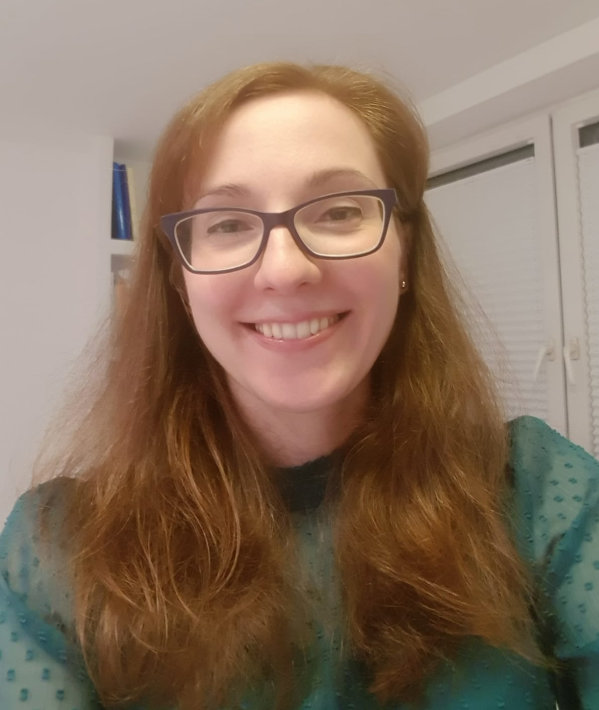Are you about to take up Polish language learning or you might have already started? Here are three good pieces of news for you:
1. Polish language has only 3 grammar tenses: past, present and future (future and compound), e.g.
- czytałem (past tense), czytam (present tense) and będę czytać (future compound tense), przeczytam (future simple tense).
2. We often omit personal pronouns (ja, ty, on, ona, ono, my, wy, oni, one); to exemplify (in present tense); we - the Poles don't say:
Ja czytam książkę. Ty czytasz książkę. On czyta książkę. Ona czyta książkę. My czytamy książkę itd.
The Poles say: Czytam książkę. Czytasz książkę. Czyta książkę. Czytamy książkę etc.
We recognize who is mentioned in the message (of the present tense) watching the ending of the verb, i.e.:
m or ę - for the first person singular. Czytam derived from czytać (infinitive); still, robię derived from robić (infinitive).
sz - for the second person singular
ø (zero ending) - for third person singular
my - for first person plural
cie - for second person plural
ą - for third person plural
We do not need any pronoun to indicate the person in which we speak; it comes as obvious, though, due to appropriately used endings.
3. In the Polish language, the order of words in the sentence is not compulsory anyhow; changing the order of words we do not change the meaning at all, e.g.
Maciek kocha Karolinę. = Karolinę kocha Maciek.
Both of the above sentences have the same meaning.
Back SHARE THIS POST:


